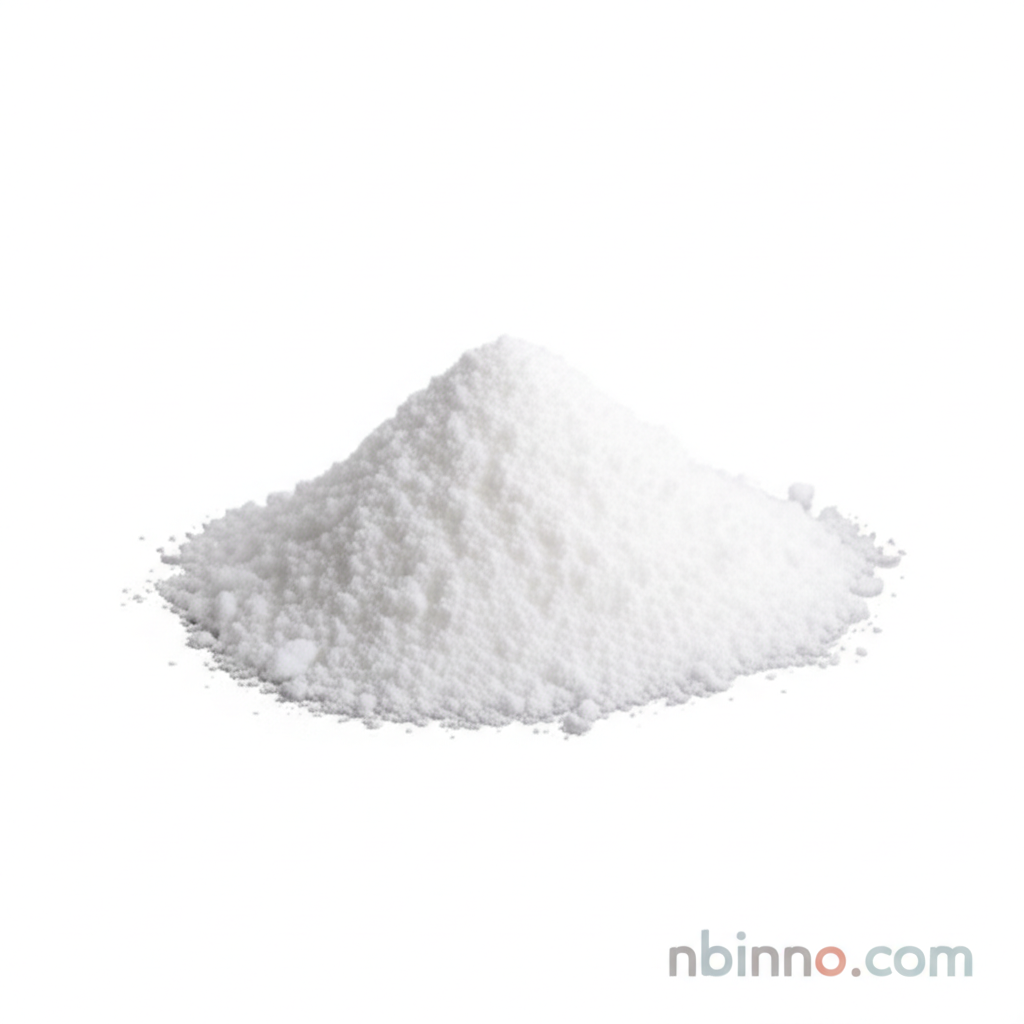Silicic Acid: Essential Properties and Diverse Applications
Discover the versatility of silicic acid, a key chemical intermediate with widespread industrial and research utility.
Get a Quote & SampleUnderstanding Silicic Acid's Core Value

Silicic Acid
Silicic acid is a critical inorganic compound valued for its role as a chemical intermediate. Its stable, white powdered form and solubility in water make it adaptable for numerous industrial processes.
- Explore the diverse uses of silicic acid as a chemical intermediate in complex manufacturing processes.
- Learn about silicic acid's significant contribution to catalyst production, enhancing chemical reactions.
- Understand the application of silicic acid in oil and wax decolorization, purifying industrial products.
- Investigate the unique research applications of silicic acid in studies related to neurodegenerative diseases.
Key Advantages of Utilizing Silicic Acid
Industrial Versatility
The chemical intermediate properties of silicic acid allow for its application across a broad spectrum of industries, from catalyst manufacturing to specialized purification processes.
Enhanced Catalytic Processes
Silicic acid plays a vital role in catalyst production, contributing to more efficient and effective chemical transformations in various industrial settings.
Purification Capabilities
As an agent for oil and wax decolorization, silicic acid offers effective purification solutions, improving the quality and appearance of refined products.
Key Applications
Catalyst Manufacturing
Silicic acid is extensively used in the production of catalysts and catalyst carriers, leveraging its chemical structure to support and facilitate catalytic reactions.
Industrial Purification
The compound serves as an effective agent for oil and wax decolorization, enhancing the aesthetic and functional qualities of these materials.
Chemical Reagent
As a chemical reagent, silicic acid is employed in various laboratory and industrial syntheses, contributing to the creation of diverse chemical products.
Scientific Research
In research settings, silicic acid is studied for its potential to inhibit aluminum uptake, offering insights into the mechanisms of neurodegenerative diseases.
